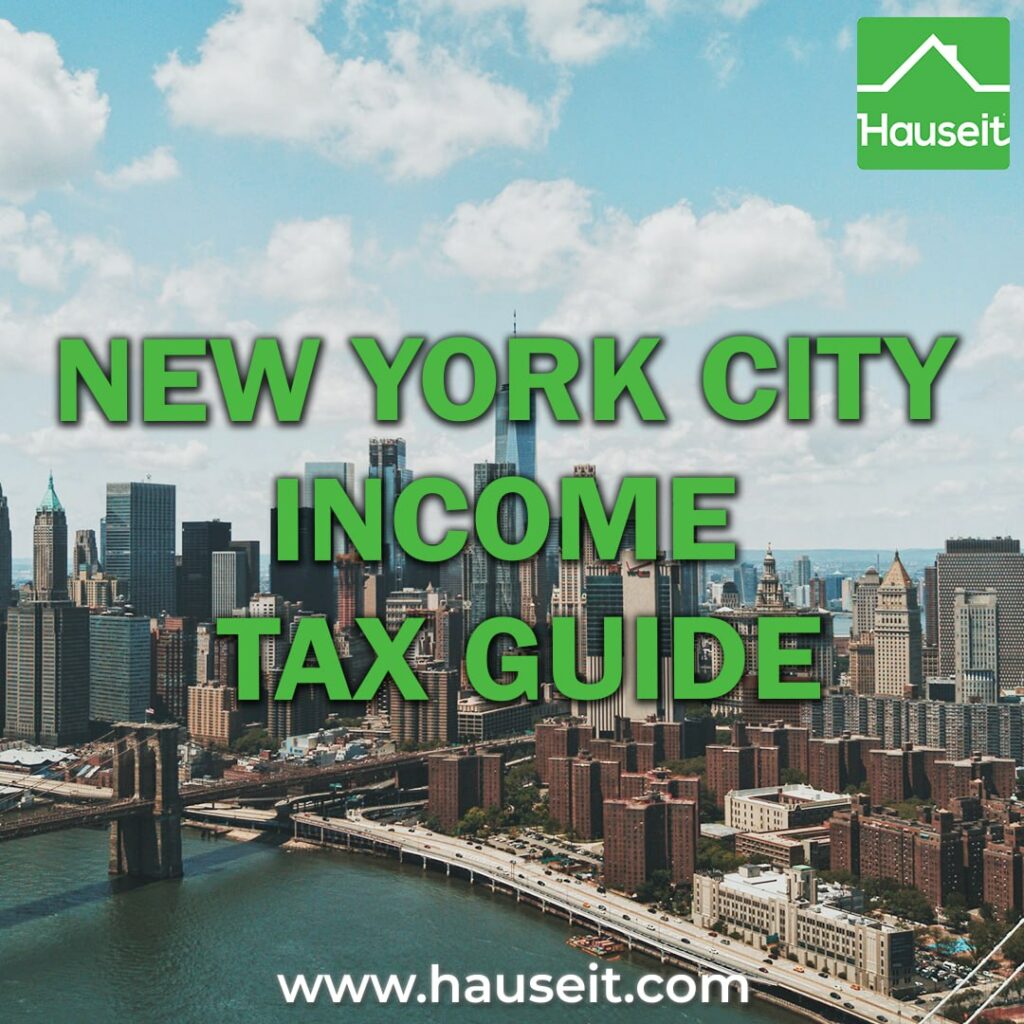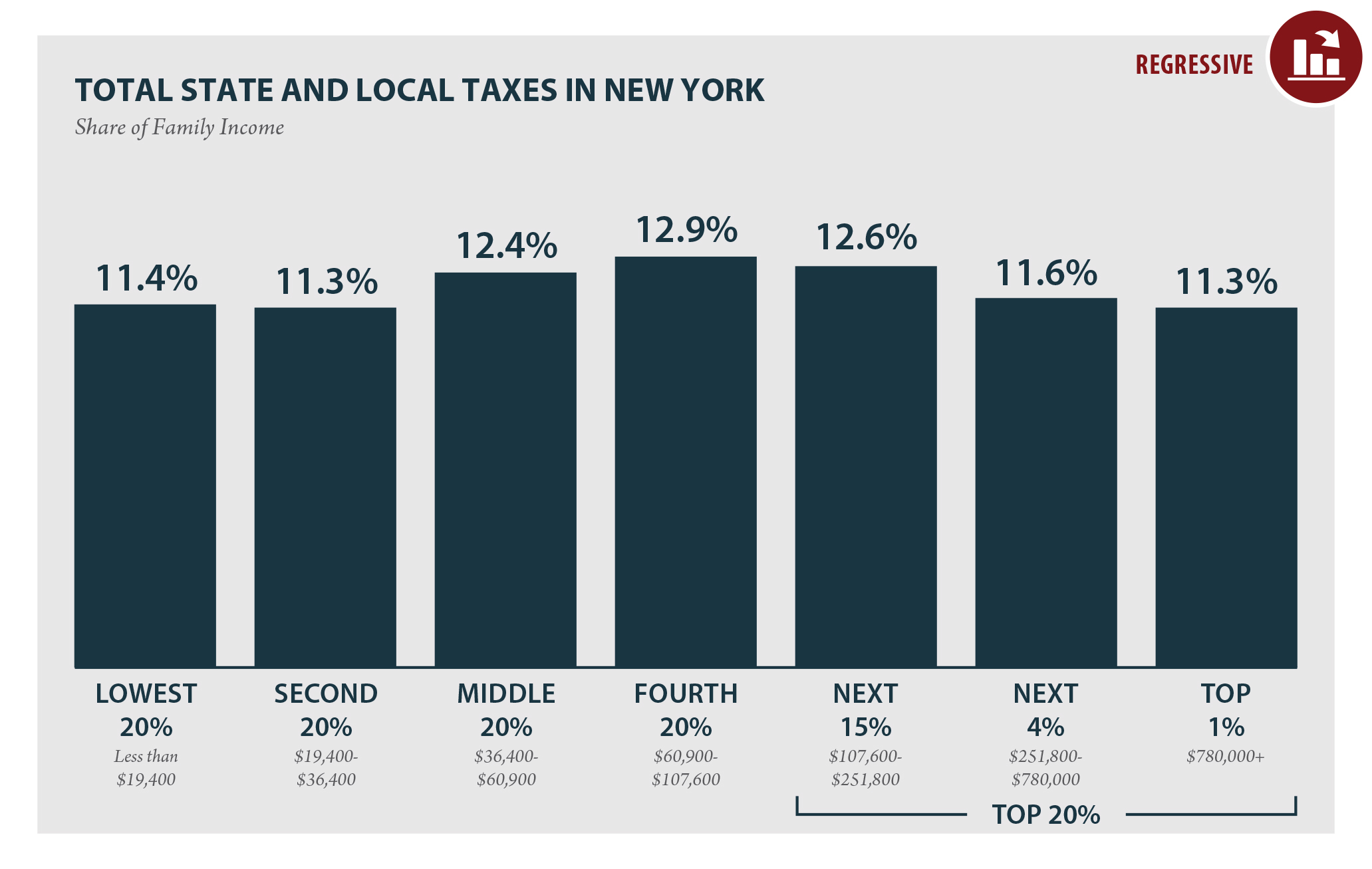New York City has long been a financial hub, but its tax structure can be complex for both residents and businesses alike. The "new york ta rate income" refers to the tax rates levied on personal and corporate earnings within the state. As one of the highest-tax states in the United States, understanding how these rates work is crucial for anyone living or working in New York. This article aims to break down the intricacies of New York's tax system, offering actionable insights for optimizing your financial planning while staying compliant with local laws.
Whether you're a resident, entrepreneur, or investor, understanding the "new york ta rate income" is essential for financial success. This guide will explore everything from income brackets to deductions, ensuring you're well-equipped to navigate the tax landscape. By the end of this article, you'll have a clearer picture of how New York's tax policies impact your bottom line.
With regular updates to tax laws and regulations, staying informed is more important than ever. This article is designed to provide up-to-date information on the "new york ta rate income," helping you make smarter financial decisions. Let's dive in and uncover the key aspects of New York's taxation system.
Read also:What Is The Fattest Animal On Earth Discover The Giants Of The Animal Kingdom
What Exactly is the New York TA Rate Income?
The term "new york ta rate income" refers to the tax rates imposed on income earned within the state. New York employs a progressive tax system, meaning that individuals and businesses are taxed at different rates depending on their earnings. For example, lower-income brackets are taxed at a lower percentage, while higher-income brackets face steeper rates. This structure aims to ensure that those who earn more contribute a larger share to the state's revenue.
Understanding the nuances of New York's tax system is critical, especially for those who operate businesses or have multiple sources of income. The state's tax laws can be intricate, with various deductions, credits, and exemptions that may apply. By familiarizing yourself with these aspects, you can better manage your financial responsibilities.
To simplify the process, many residents opt for professional tax services or utilize tax software. These tools can help you calculate your tax liability accurately and identify potential savings opportunities. However, staying informed about the latest regulations remains key to optimizing your tax strategy.
How Does the New York TA Rate Income Affect Residents?
Residents of New York are subject to both federal and state taxes, making it vital to understand how the "new york ta rate income" impacts their overall tax burden. The state tax rates range from 4% to over 10%, depending on your income bracket. For instance, those earning less than $8,500 annually are taxed at 4%, while those earning over $5 million may face a rate of 10.9%.
Additionally, New York City residents face an additional local tax, further complicating the tax landscape. This local tax ranges from 3.058% to 3.876%, depending on income levels. It's essential for city dwellers to account for this added expense when planning their finances.
For families and individuals, understanding deductions and credits can significantly reduce their tax liability. Common deductions include mortgage interest, charitable contributions, and retirement savings. By taking advantage of these opportunities, residents can lower their effective tax rate and retain more of their income.
Read also:Ingleside At Rock Creek Dc Your Ultimate Guide To Luxury Living
Why Should You Care About the New York TA Rate Income?
The "new york ta rate income" plays a pivotal role in shaping the financial health of both individuals and businesses within the state. For residents, understanding these rates can help them budget more effectively and avoid unexpected tax liabilities. For businesses, staying informed about tax rates ensures compliance and maximizes profitability.
- Tax rates directly affect disposable income, influencing spending and saving habits.
- Businesses must account for tax expenses when setting prices and forecasting revenue.
- Higher tax rates may prompt some residents to consider relocating to lower-tax states.
By paying attention to tax policies, you can make informed decisions that benefit your financial future. Whether you're planning for retirement or expanding your business, understanding the "new york ta rate income" is a crucial step in achieving your goals.
What Are the Key Factors Influencing New York TA Rate Income?
Several factors contribute to the determination of the "new york ta rate income." These include income levels, filing status, and specific deductions or credits available to taxpayers. For example, single filers and married couples filing jointly may qualify for different rates based on their combined income.
Another important factor is the presence of dependents, which can impact your tax liability. Taxpayers with children or elderly dependents may be eligible for additional credits, reducing their overall tax burden. Additionally, certain industries or professions may qualify for special tax treatments, further complicating the tax landscape.
It's also worth noting that New York frequently updates its tax laws to address changing economic conditions. Staying informed about these updates is crucial for maintaining compliance and optimizing your tax strategy.
How Can You Minimize Your New York TA Rate Income?
Minimizing your "new york ta rate income" requires a strategic approach to tax planning. One effective method is to take full advantage of available deductions and credits. Common deductions include mortgage interest, student loan interest, and retirement contributions. By maximizing these deductions, you can lower your taxable income and reduce your tax liability.
Another strategy is to explore tax-deferred investment options, such as 401(k) plans or IRAs. These accounts allow you to defer taxes on contributions and earnings until withdrawal, potentially placing you in a lower tax bracket during retirement. Additionally, consulting with a tax professional can help identify other opportunities for savings.
For businesses, implementing tax-efficient practices can significantly impact profitability. This may include restructuring operations, utilizing tax credits, or relocating to areas with more favorable tax policies. By taking a proactive approach, both individuals and businesses can minimize their "new york ta rate income" and improve their financial standing.
What Are the Common Misconceptions About New York TA Rate Income?
Many misconceptions surround the "new york ta rate income," leading to confusion and potential financial missteps. One common belief is that higher-income individuals always pay a larger percentage of their earnings in taxes. While it's true that higher brackets face steeper rates, deductions and credits can significantly reduce the effective tax rate for many taxpayers.
Another misconception is that moving to a lower-tax state automatically results in financial savings. While this may be true in some cases, it's essential to consider other factors, such as cost of living and quality of life. Additionally, some states impose income taxes on residents who work in New York, complicating the tax landscape further.
Finally, many taxpayers assume that tax planning is only necessary during the filing season. In reality, effective tax management requires year-round attention to ensure compliance and maximize savings opportunities. By addressing these misconceptions, you can make more informed decisions about your financial future.
What Are the Current Trends in New York TA Rate Income?
Recent years have seen several trends emerge in the "new york ta rate income" landscape. One notable trend is the increasing focus on environmental sustainability, with tax incentives being offered for green energy investments. For example, businesses that invest in renewable energy sources may qualify for significant tax credits, reducing their overall tax liability.
Another trend is the growing importance of digital taxation, as more businesses operate online. New York has introduced regulations to address this shift, ensuring that digital transactions are appropriately taxed. This includes the taxation of digital goods and services, such as streaming platforms and online marketplaces.
Additionally, the state continues to explore ways to simplify its tax system, making it easier for residents and businesses to comply with regulations. These efforts aim to reduce administrative burdens while maintaining revenue levels necessary for public services.
How Does the New York TA Rate Income Compare to Other States?
When compared to other states, New York's "new york ta rate income" ranks among the highest in the nation. This is largely due to its progressive tax structure and additional local taxes in certain areas. However, the state offers numerous deductions and credits that can offset these higher rates, making it competitive with other high-tax states.
States like California and New Jersey also impose high income taxes, but they differ in their specific rates and regulations. For example, California imposes a flat tax rate for all income levels, while New Jersey offers more generous deductions for certain taxpayers. Understanding these differences can help you make informed decisions about where to live or conduct business.
It's also worth noting that some states, such as Florida and Texas, do not impose income taxes at all. While this may seem appealing, it's important to consider other factors, such as property taxes and cost of living, when evaluating your overall tax burden.
How Can You Stay Updated on New York TA Rate Income?
Staying informed about the "new york ta rate income" is crucial for maintaining compliance and optimizing your financial strategy. One effective way to stay updated is to regularly consult official state resources, such as the New York State Department of Taxation and Finance website. These resources provide the latest information on tax rates, regulations, and updates.
Additionally, subscribing to newsletters or alerts from reputable tax professionals can help you stay abreast of changes that may impact your finances. Many firms offer free resources, such as webinars and articles, to educate clients on the latest tax developments.
Finally, engaging with online communities and forums can provide valuable insights into real-world experiences and strategies for managing taxes effectively. By leveraging these resources, you can ensure that you're always up-to-date on the latest trends and regulations affecting the "new york ta rate income."
What Are the Future Prospects for New York TA Rate Income?
Looking ahead, the "new york ta rate income" is likely to evolve in response to changing economic conditions and policy priorities. One potential development is the expansion of tax incentives for green energy investments, as the state continues to prioritize sustainability. This could result in increased opportunities for businesses and individuals to reduce their tax liability through environmentally friendly practices.
Another possibility is the introduction of new regulations addressing digital taxation, as more businesses operate online. This may include updates to existing laws or the creation of entirely new frameworks to ensure fair taxation of digital goods and services.
Finally, the state may explore ways to simplify its tax system further, making it easier for residents and businesses to comply with regulations. These efforts could include streamlining filing processes, expanding online resources, or offering additional support for taxpayers.
What Should You Do Next?
Now that you have a deeper understanding of the "new york ta rate income," it's time to take action. Start by reviewing your current tax strategy and identifying areas for improvement. Consider consulting with a tax professional to ensure compliance and maximize savings opportunities.
Additionally, stay informed about the latest developments in New York's tax landscape by regularly consulting official resources and engaging with online communities. By taking these steps, you can make smarter financial decisions and achieve greater peace of mind.
Remember, the "new york ta rate income" is just one aspect of your overall financial picture. By approaching it with knowledge and strategy, you can build a brighter financial future for yourself and your family.
Table of Contents
- What Exactly is the New York TA Rate Income?
- How Does the New York TA Rate Income Affect Residents?
- Why Should You Care About the New York TA Rate Income?
- What Are the Key Factors Influencing New York TA Rate Income?
- How Can You Minimize Your New York TA Rate Income?
- What Are the Common Misconceptions About New York TA Rate Income?
- What Are the Current Trends in New York TA Rate Income?
- How Does the New York TA Rate Income Compare to Other States?
- How Can You Stay Updated on New York TA Rate Income?
- What Are the Future Prospects for New York TA Rate Income?


